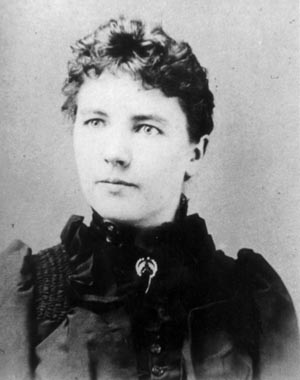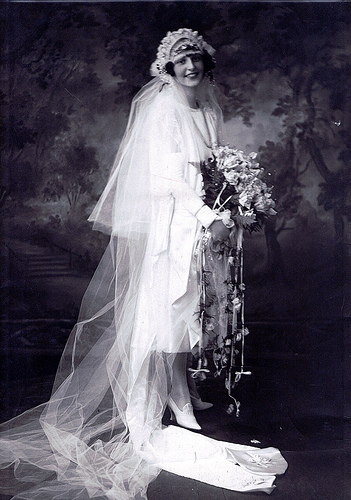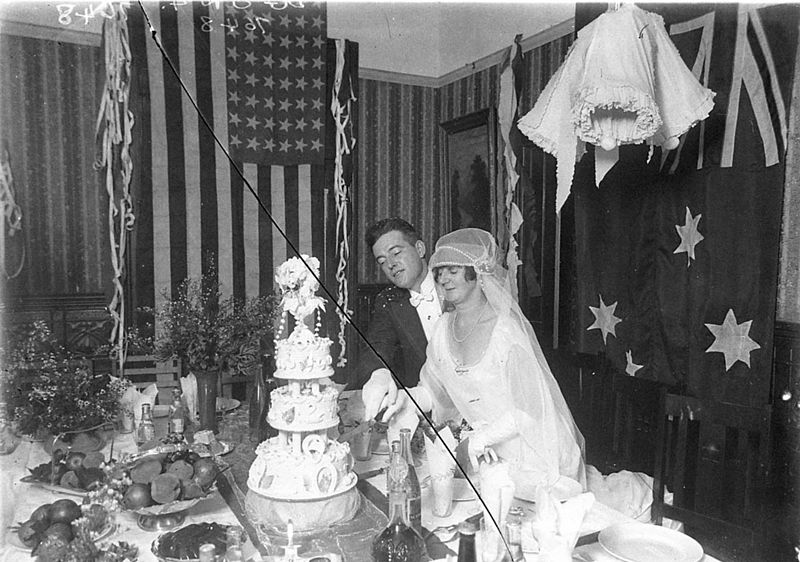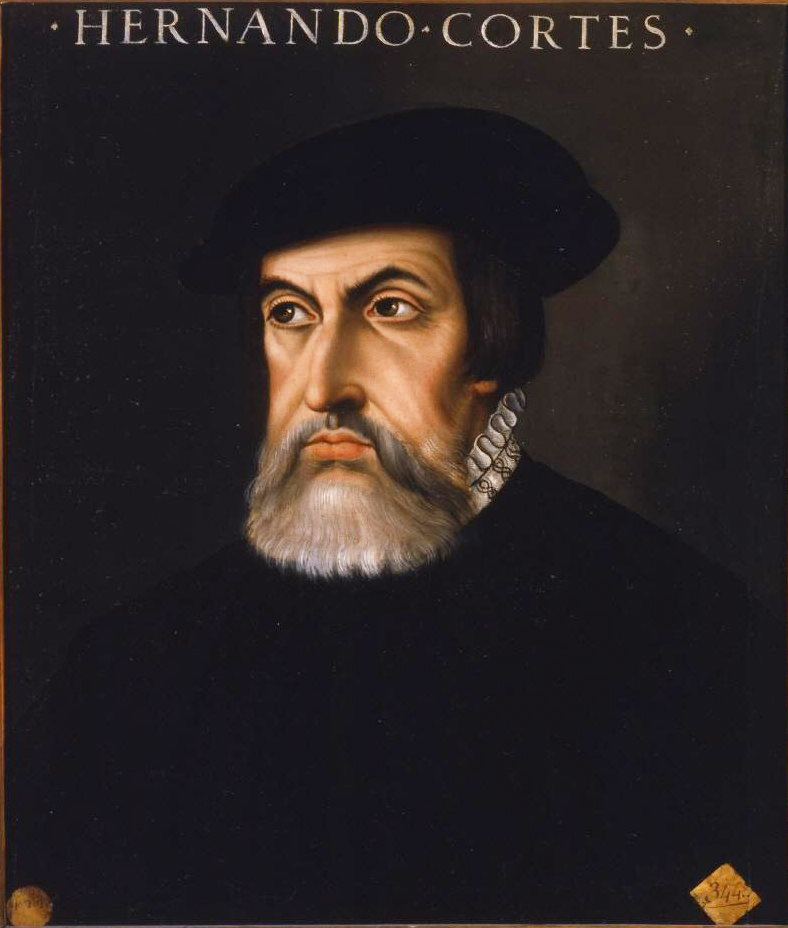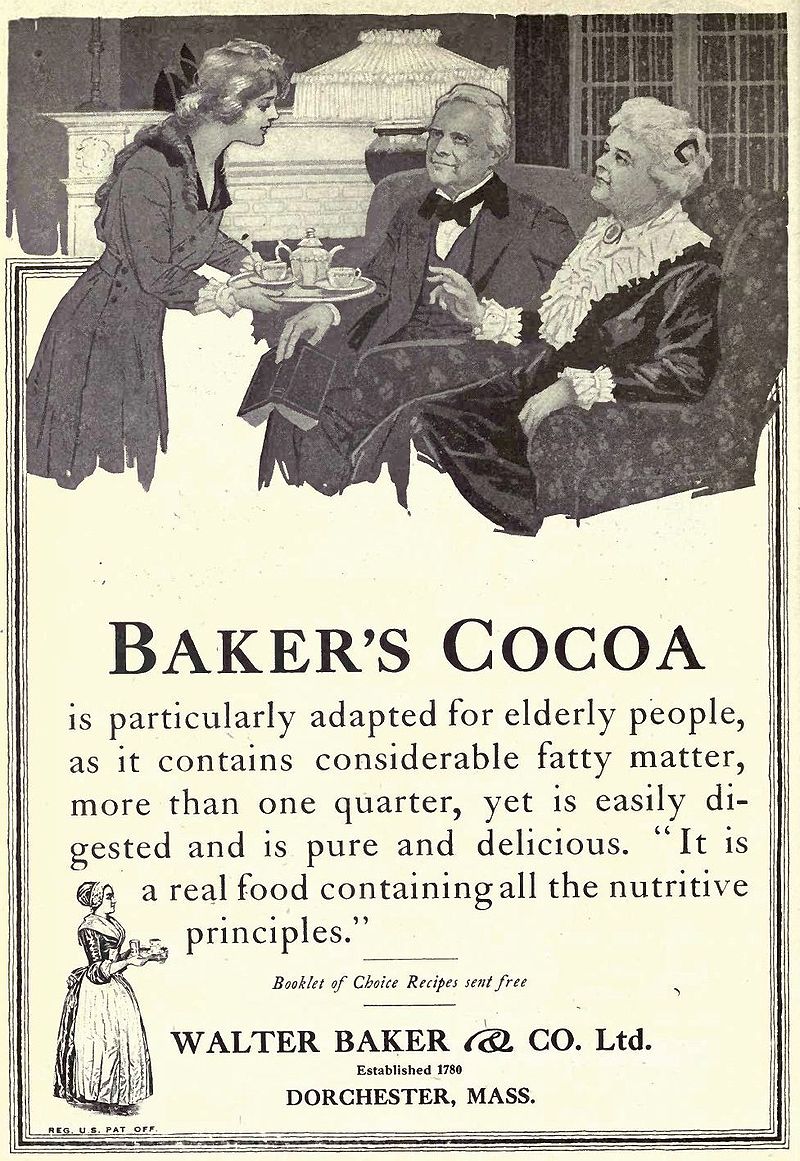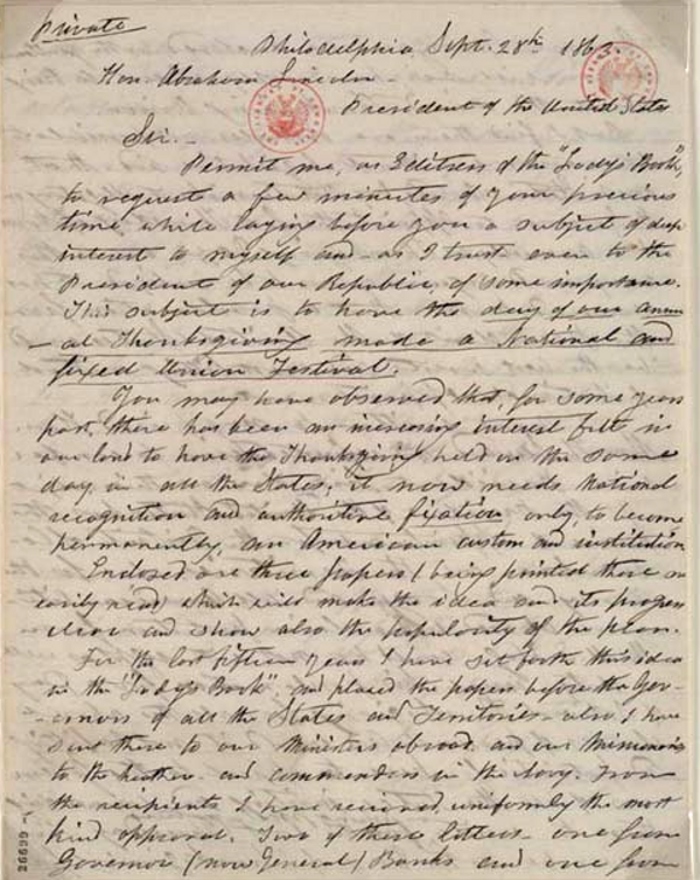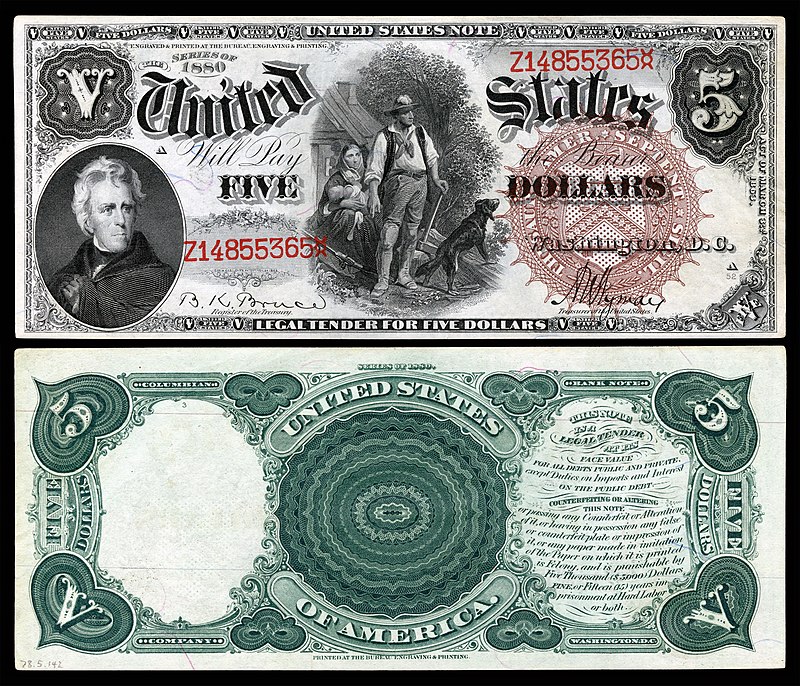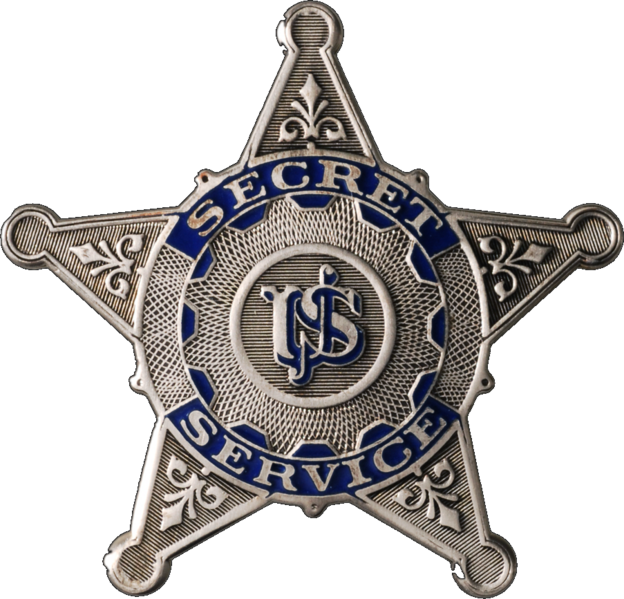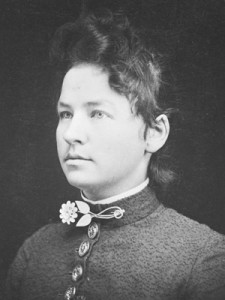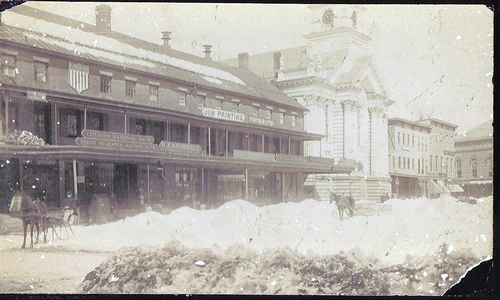After the shorter skirts and uptick in non-traditional weddings of the 1920's, brides-to-be of the 1930's were ready for something different. Two major influences molded couples' decisions about their weddings: the Depression and Hollywood--there was glamour, but on a budget. (And by the middle of the decade, there was official help, since dedicated bridal magazines first appeared at this time.)
 |
| A gust of wind hits Australian musical stars Cyril Ritchard and Madge Elliott after their wedding in 1935. Public Domain. |
If a bride couldn't splurge on fabric, then, as now, she might wear her best dress, or borrow a relative's or friend's dress.
Attention was drawn to the waist in these dresses, a stark contrast to the drop-waist gowns of the previous decade. Belts, pleats, and ruching were all in vogue. For church weddings, long-sleeve styles were considered appropriate, but a bride might wear a sleeveless gown with a jacket over it for the ceremony.
Most new brides wore white, but my grandmother married in her favorite color: pastel blue. A bride who'd been married before often wore pastel colors. Shoes, gloves, and hats were often dyed to match.
 |
| Eric and Lillian Webster's wedding day, 1934. Public Domain. |
Atop these new hairdos, brides favored veils, but expensive lace was replaced by tulle--and lots of it. Some veils went to the floor, anchored by regal-looking tiaras (comprised of real or fashion gems, for larger budgets, or starched lace for those watching their pennies), flower wreaths, or, more simply, pins, holding it snug to the head.
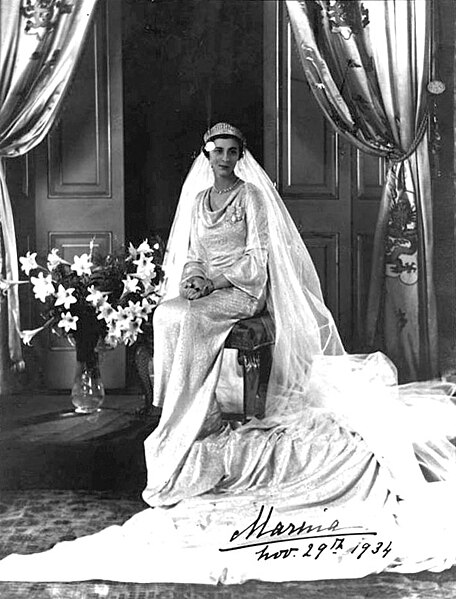 |
| Princess Marina of Greece and Denmark anchored her veil with a tiara at her 1934 wedding. https://commons.wikimedia.org/wiki/Template:PD-US, Public Domain in original country. |
A bride didn't forget her makeup, either. The style was thin eyebrows--sometimes shaved off completely and drawn back on with a pencil--as well as false eyelashes, pale foundation, and eye shadow.
Flowers were part of the wedding, with bouquets as large as desired and afforded, but a corsage would do, as well.
By the end of the decade, "Gone with the Wind" was incredibly popular, and Victorian-influenced fashions were all the rage. Crinolines (hoop skirts) and leg o'mutton sleeves shaped wedding gowns, bedecked with ruffles and bows.
Grooms often wore tuxedos with suits with shoulder pads, felt hats or no hats, patterned ties or white ties--and he might have worn a mustache, too. Since a diamond ring could cost upwards of a hundred dollars, some grooms offered their brides much more affordable bands, lacking stones.
Of course, bridesmaids and groomsmen made up the wedding party--the higher the number, more likely the wealthier the family paying for the wedding.
Church weddings were more fashionable than in the previous decade, and after the ceremony, the new marriage was celebrated with a reception including cake and toasts. Only the wealthy could afford large dinner or luncheon receptions.
 |
| Advertisement for DeLuxe Pastry Shoppes in Fort Wayne, Indiana, 1930's. Public Domain. |
Times would change again with the coming of World War II, but 1930's brides and grooms created personal, memorable, and stunning weddings that would not soon be forgotten.
**
Today is my final post for Heroes, Heroines & History. I have loved my time here, but at present, my current contracts are all for contemporary-set stories with Love Inspired. This month, however, I'm celebrating the release of my story While Shepherds Watch Are Keeping in Love's Pure Light, a Christmas novella collection. To learn more about the collection, please visit my website, www.susannedietze.com.
To enter to win a copy, an Amazon card, and a Willow Tree Nativity set, use the rafflecopter form found here.
Thank you to all the readers and and members of HHH!
Thank you to all the readers and and members of HHH!







![The Soldier's Lady: 4 Stories of Frontier Adventures by [Susanne Dietze, Janette Foreman, Gabrielle Meyer, Lorna Seilstad]](https://m.media-amazon.com/images/I/51fvEc9q0NL.jpg)



